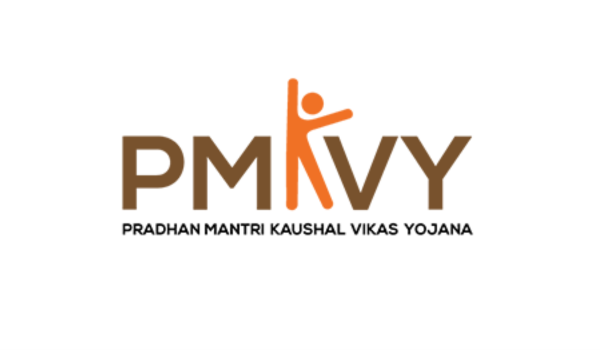



The CCI’s 2025 regulations redefine cost to better curb predatory pricing, using Average Variable Cost as the benchmark. They offer flexibility for industry-specific cases, ensure transparency through expert reviews, and protect trade secrets. This move strengthens the CCI’s ability to tackle unfair pricing and promote healthy competition.

Copyright infringement not intended
Picture Courtesy: THE HINDU
The Competition Commission of India (CCI) has introduced new cost definitions to strengthen its approach against predatory pricing.
The Competition Commission of India (CCI) has introduced the Competition Commission of India (Determination of Cost of Production) Regulations, 2025, it replaced the 2009 regulations and aim to make it easier for the CCI to identify and stop unfair pricing practices.
Suppose a big company selling products at a loss—say, offering smartphones at ₹1,000 when they cost ₹10,000 to make. Why? To push smaller competitors out of business. Once rivals are gone, the company can raise prices and dominate the market. This is predatory pricing, and it is illegal under Section 4(2)(a)(ii) of the Competition Act, 2002, because it harms competition and consumers in the long run.
Average Variable Cost as the Main Benchmark
The CCI now assumes the cost of a product or service is its average variable cost (AVC). This is calculated by dividing the total variable cost (all costs that change with production, like raw materials or labor) by the total output over a period.
Fixed costs (like rent or machinery) are excluded. For example, if a company spends ₹1,00,000 on materials and labor to produce 1,000 units, the AVC is ₹100 per unit. If they sell below this, it could be predatory.
Case-by-Case Flexibility
Unlike the old rules, which sometimes used rigid cost definitions, the new framework avoids one-size-fits-all metrics and evaluates costs based on the specific industry or case.
This is important for digital markets, where pricing can involve cross-subsidies (using profits from one service to fund losses in another) or high fixed costs (like server maintenance). For example, an e-commerce platform might sell products at a loss but make money through ads.
Expert Involvement and Transparency
The CCI can consult experts to determine costs accurately. Companies under investigation can also request an independent expert review of the CCI’s cost calculations, though they’ll bear the cost.
Businesses can ask for confidentiality for sensitive documents, which the CCI will consider under the CCI (General) Regulations, 2025, to ensure fairness and protect trade secrets.
Must Read Articles:
Competition Commission of India (CCI)
Source:
|
PRACTICE QUESTION Q. Which of the following best describes predatory pricing? A) A firm temporarily lowers prices below cost to eliminate competitors. B) A monopolist raises prices dramatically after acquiring market dominance. C) A company sets high prices to maximize short-term profits. D) Firms collude to fix prices at a uniform level across the industry. Answer: A Explanation: Predatory pricing is a strategy where a dominant company sets its prices for a product or service below its average variable costs, often with the intention of driving out weaker competitors from the market. The predatory firm incurs losses in the short term but aims to gain a monopoly or significant market share in the long term, after which it can raise prices to recoup its losses and earn substantial profits. |









© 2026 iasgyan. All right reserved